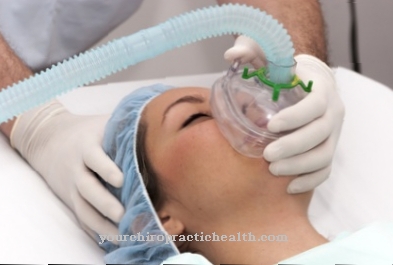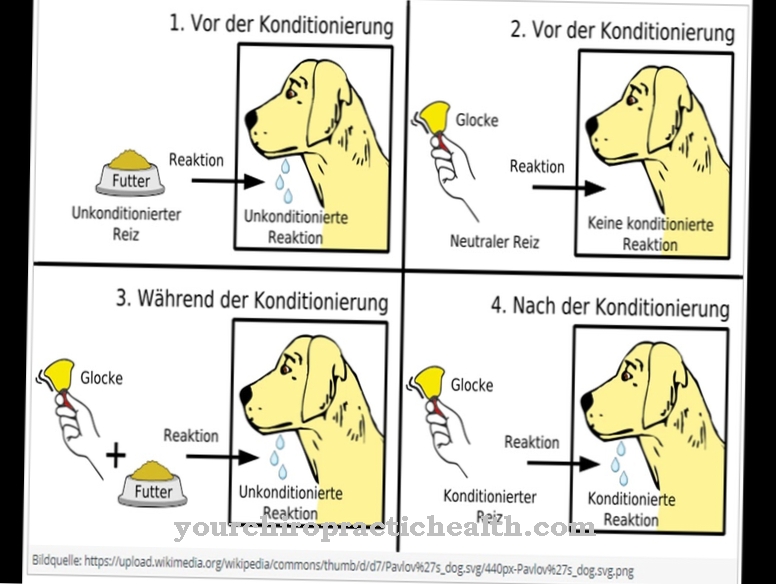The Orthodontics is a specialty of dentistry, which is dedicated to the research and treatment of misaligned teeth. Orthodontic treatment can help fix the teeth of patients in need of treatment and bring them into the correct position as effectively as possible.
What is Orthodontics?

The German term Orthodontics is a derivative of the technical term of the Greek orthodontia (from orthos "straight or right" and odous "tooth").
It deals with the prevention and treatment of problems with the teeth that can be the result of irregular tooth growth, diseases or misalignments of the jaw. Treatment in the context of orthodontics can concentrate on punctual, purely dental procedures or be accompanied by the control and adjustment of skull growth.
Dental interventions for aesthetic reasons with a view to improving the general external appearance of a patient also fall within the field of orthodontics. In this regard, some orthodontists have specialized in the reconstruction of the entire jaw area.
Treatments & therapies
The Orthodontics is the branch of dentistry that specializes in patients with incorrect positioning of the teeth (anomalies).
The treatment and manipulation of various aspects of facial growth (dentofacial orthodontics) and the shape and development of the jaw are also part of orthodontics. An orthodontist uses a variety of dental aids, including arches, plates, or brackets, to help manage the following misalignments:
- wide gaps between teeth
- different alignment of the tooth tips
- crooked teeth
- protruding front teeth
The aim is to optimize oral functions such as language or nutrition, improve the long-term health of gums and teeth, or prevent excessive wear and tear on teeth in the long term.
Treatment for dental abnormalities in orthodontics refers to a disruption of the interaction between the lower and upper dental arches as a result of injury, frequent thumb sucking, or congenital abnormalities. Thumb or finger sucking can lead to a local deformation of the teeth and supporting bones, which are contained in the context of orthodontics.
If a patient's jaw is too narrow, there may not be enough room for all of the teeth. Removing one or more teeth can make room for the other. Orthodontic treatments also include:
- an open bite
- Overbite
- Underbite
- Crossbite
In general, the misaligned teeth to be treated with orthodontics have no effect on physical health and are not considered a disease. However, if the misalignments have a massive impact on the shape of the face and appearance, embarrassment and individual feelings of shame can lead to a lack of self-confidence and even depression.
You can find your medication here
➔ Toothache medicationDiagnosis & examination methods
As part of diagnosis and treatment planning of the Orthodontics the treating orthodontist must recognize the various characteristics of an anomaly or dentofacial deformity and define the nature of the problem.
In order to be able to optimally plan the procedure, a thorough recording of possible reasons for the malformations is also part of the diagnosis of orthodontics (etiology). The aim is to draft a treatment concept that includes the individual needs and wishes of the patient. Last but not least, this requires the doctor to provide a detailed explanation of the treatment strategy in a way that enables the patient to understand the scope of necessary orthodontic interventions.
In order to assess the condition of the patient's teeth and make a prognosis of the likely development of the dentition without treatment, the following diagnostic procedures are used:
- Recording of the complete medical and dental health history to date
- clinical trial
- X-ray examinations of the teeth and jaw (orthopantomogram)
- Making plaster casts of teeth
- Detection of the position of the lower jaw to the upper jaw (jaw relation)
The diagnosis includes dentoalveolar findings that describe the tooth movements in the cavities of the jawbone as well as a description of the state of the tooth eruption (dentition stage). In orthodontics, findings are also made on the muscles of the mouth and face, which provide information on the closure of the mouth, breathing and the resting position of the tongue.
For the effective use of orthodontics, an early diagnosis is essential, as the duration and scope of treatment are closely dependent on the timely start of the necessary interventions. In orthodontics, this is usually childhood.












.jpg)



.jpg)










.jpg)
